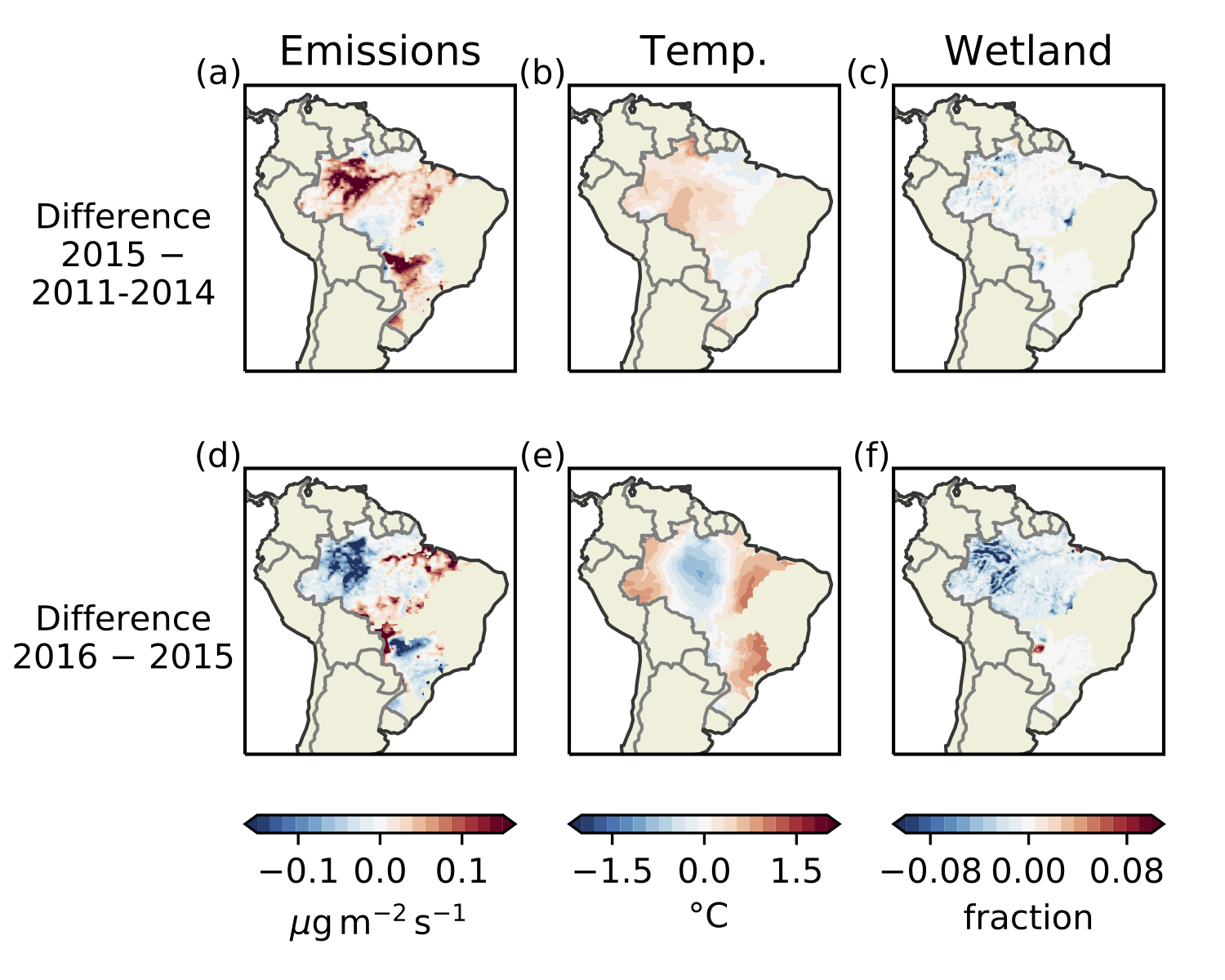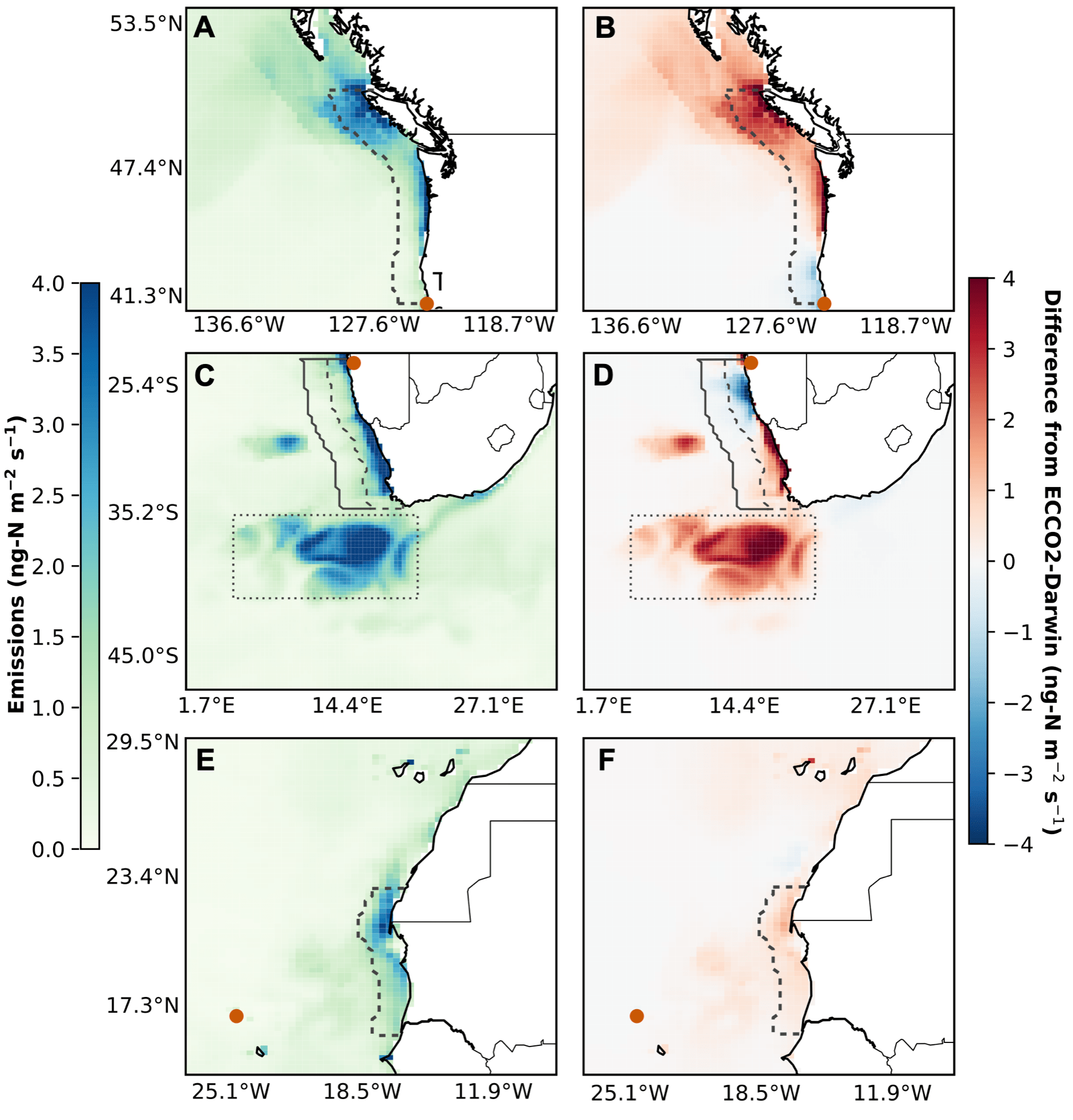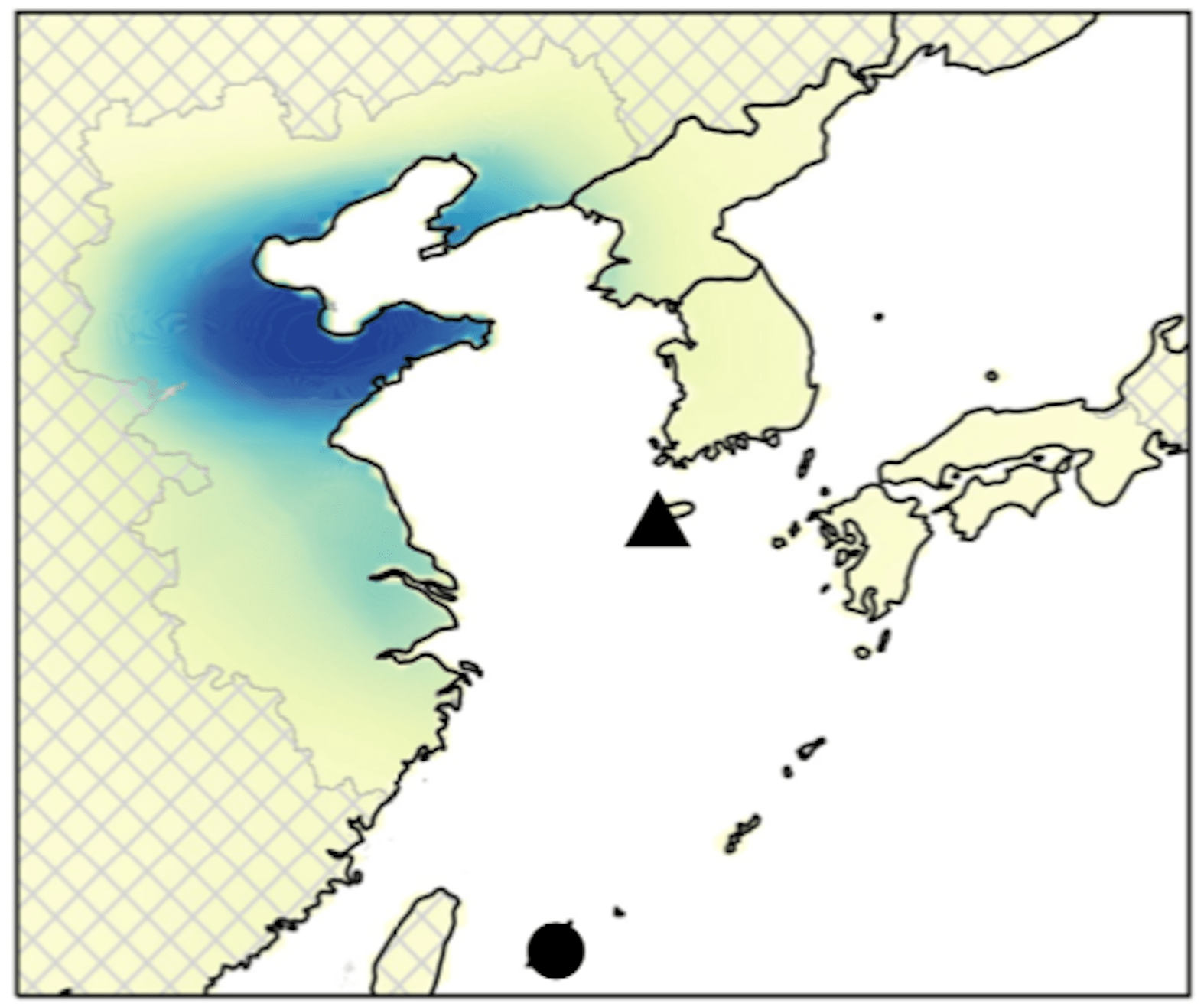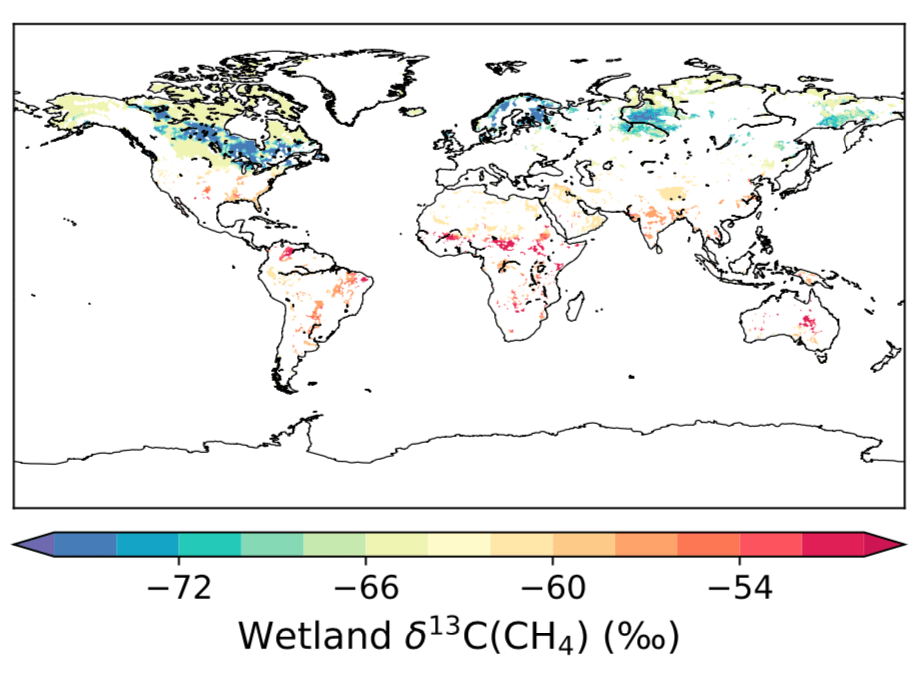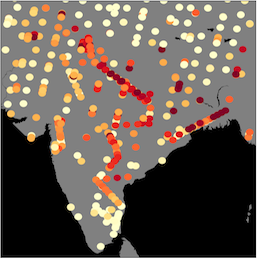Methane tops a new record in 2020 – a “grand challenge” in Earth Sciences
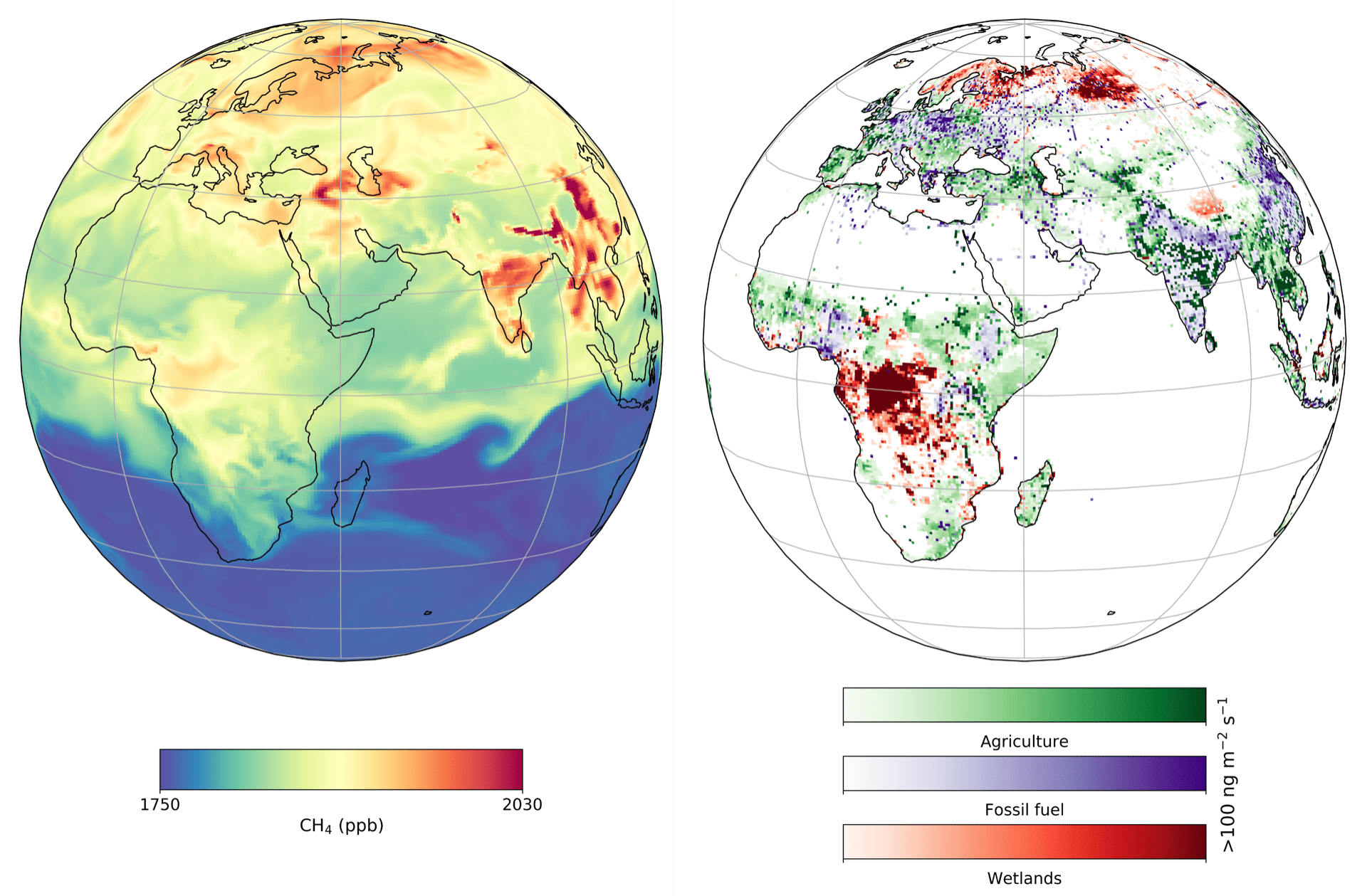
Recently released data by the National Oceanic and Atmospheric Administration show that year-on-year growth in global atmospheric methane concentrations is now the largest since intensive measurements began in 1983. Methane has been rising rapidly in the atmosphere since 2007. The Continue reading Methane tops a new record in 2020 – a “grand challenge” in Earth Sciences
